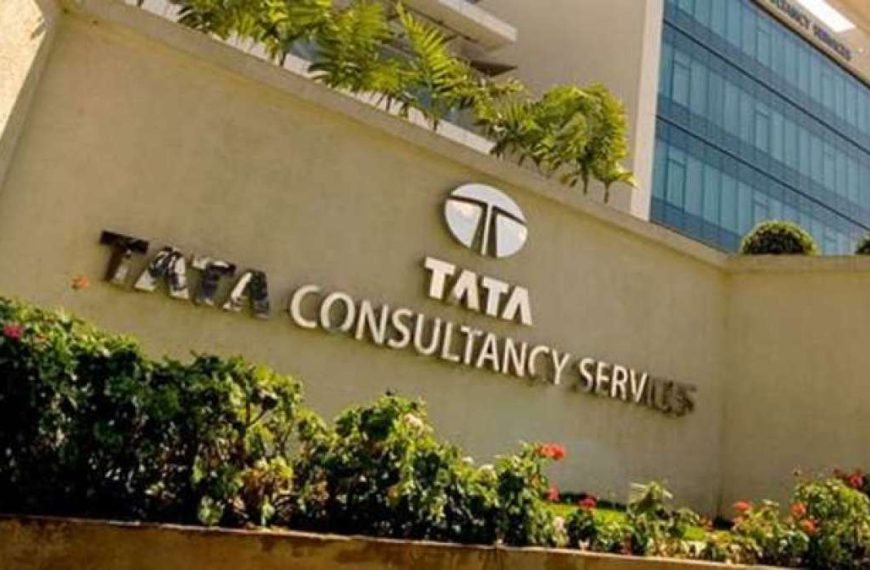As the 2024-25 fiscal year wrapped up, the BSE smallcap and midcap indices showcased a remarkable recovery, closing on a high note this March. This surge can be attributed to a wave of optimism in the stock market, active participation from retail investors, and more attractive valuations. While the BSE smallcap index saw a boost of 3,471.79 points (up 8%), the midcap index climbed by 2,209 points (an increase of 5.61%). In contrast, the BSE Sensex experienced a gain of 3,763.57 points or 5.10% throughout the entire fiscal year.
Market Recovery Amid Challenges
Analysts noted that the benchmark indices turned around impressively in March after enduring five successive months of decline from October to February. “The rebound was fueled by renewed domestic optimism and the return of foreign investments, as market participants engaged in bargain hunting at more reasonable valuations,” explained Satish Chandra Aluri, an analyst with Lemonn Markets Desk.
Retail Investors Drive Market Momentum
The market faced significant pressure beginning in October, primarily due to concerns over foreign investors withdrawing their capital and the high valuations of equities. However, the robust engagement from retail investors was pivotal in reversing the market’s downward trend this fiscal year. Experts observed that the resurgence of foreign investment, coupled with attractive pricing and favorable signals from the US Federal Reserve (indicating potential rate cuts in 2025), greatly improved investor sentiment.
- March Highlights:
- BSE Sensex: +4,216.82 points (up 5.76%)
- BSE Smallcap: +3,555.23 points (up 8.25%)
- BSE Midcap: +2,939.1 points (up 7.61%)
Analyzing Market Performance
Tarun Singh, Founder and Managing Director of Highbrow Securities, noted, “The Indian equity markets displayed resilience in FY25, balancing global challenges and maintaining investor confidence through strong electoral mandates.” While a 5% increase in the Sensex may not appear substantial, it reflects a cautious optimism that investors had to manage throughout the year.
The midcap and smallcap segments often outperform larger indices during market rallies. Despite their performance, experts pointed out that the lack of double-digit returns in FY25 was due to inflated valuations that didn’t align with corresponding profit growth, leading to market corrections. Palka Arora Chopra, Director at Master Capital Services Ltd, emphasized that the disparity between high valuations and stagnant earnings growth was crucial in hindering market performance.
Record Highs and Future Outlook
The BSE smallcap gauge achieved an all-time high of 57,827.69 on December 12, 2023, while the midcap index peaked at 49,701.15 on September 24, 2024. The Sensex reached its historical maximum of 85,978.25 on September 27, 2023. Analysts suggest that smaller stocks are predominantly favored by local investors, whereas international players typically gravitate towards blue-chip companies.
Looking forward, the trajectory of the stock market, particularly in the midcap and smallcap sectors, will heavily depend on the performance of upcoming earnings reports. “The real challenge will be for companies to showcase the growth and stability necessary for a sustained market recovery,” stated Palka Arora.
Conclusion
As we transition into the new fiscal year, the Indian equity market appears poised for growth, albeit with potential volatility. FY25 has been marked by a delicate balance between optimism and caution; the next phase may require a focus on fundamental analysis rather than speculative trading. Tarun Singh added, “India’s market narrative remains engaging, but navigating the global economic landscape with prudence will be essential.”
In the previous fiscal year, the BSE midcap index surged by 15,013.95 points (up 62.38%) and the smallcap index rose by 16,068.99 points (up 59.60%), while the Sensex gained 14,659.83 points (up 24.85%). This trend sets an intriguing stage for investors as they look to capitalize on future growth opportunities.











